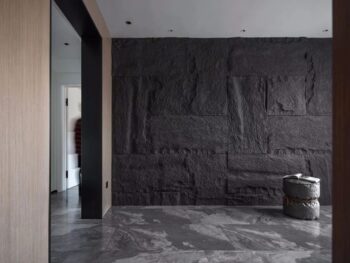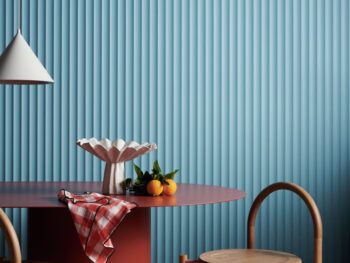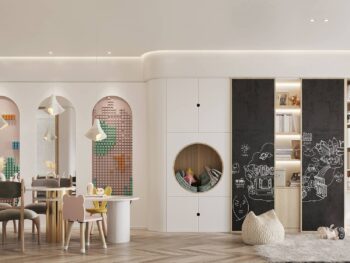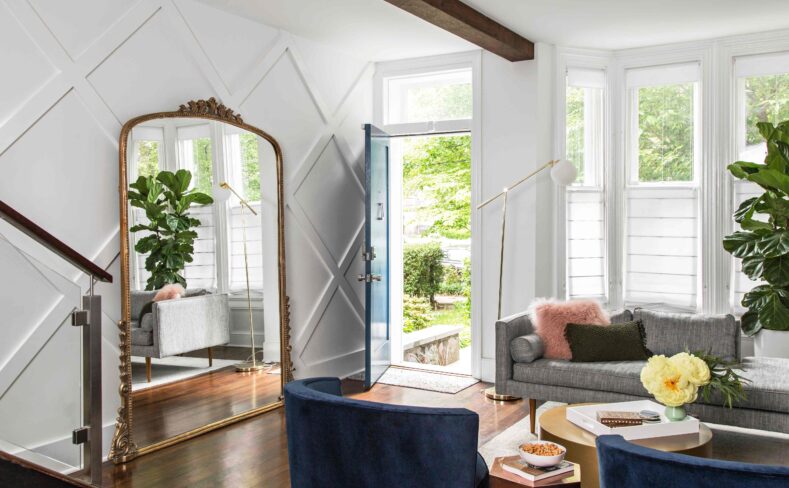
New Trends in Custom Wall Panels in 2023
In the world of interior design, customized elements are increasingly becoming the first choice for residential and commercial spaces that pursue individuality. Among them, customized wall panels, as a unique and personalized decorative element, are gradually becoming an important part of creating a unique space atmosphere. The application of customized wall panels is an ideal platform for designers to display their creativity and art.
In contemporary interior design, wall panels are no longer just a tool for decorating walls, they are a work of art that highlight taste, style and personality. This article will explore the design concepts, material selection, and aesthetic and functional value of custom wall panels. Let’s explore the world of custom wall panels together!
Related Articles
Historical Evolution and Classic Styles of Wall Panels
Unique Design Inspiration for Bedroom Partitions
Modern Trends in Interior Partition Design in 2023
I. The key to customized wall panels
Personalized custom wall panels are becoming a hot trend in interior design, satisfying people’s pursuit of a unique and personalized living environment. Here are some key aspects of this trend:
1. The rise of unique design requirements
As people pursue unique and personalized lifestyles, more and more individuals are looking for distinctive interior design. Custom wall panels can satisfy this desire for unique design.
2. Development of digital technology
The rapid development of digital technology makes customization easier to achieve. Through technologies such as computer-aided design (CAD) and CNC cutting, designers can achieve personalized designs more accurately and achieve a high degree of customization during the production process.
3. The rise of online platforms
Many online platforms and applications have emerged that enable individuals to connect directly with designers or manufacturers with their customization needs. This direct method of communication makes the design more in line with the client’s expectations.
4. Concern about sustainable development
Concerns about environmental protection and sustainable design are driving the development of personalized custom wall panels. The use of renewable materials, low-carbon manufacturing processes, and recycled design elements are part of the trend.
5. User participation and co-creation
Customization is no longer just the domain of designers, users are increasingly involved in the design process. Through co-creation, users can work with designers to create wall panel designs that suit their personal tastes and needs.
6. Diverse material and color choices
The trend toward custom wall panels is also reflected in the diverse selection of materials and colors. People can choose different materials such as wood, metal, glass, etc. according to personal preferences, and can also customize colors and textures.
7. Integration of culture and art
Personalized customized wall panels are also a manifestation of the fusion of culture and art. Designers can incorporate different cultural elements and artistic styles to give wall panels more in-depth meaning.
8. The unity of space function and form
Custom wall panels are not just decorative elements, they can also meet the functional needs of a space. For example, functional designs such as storage cabinets and bookshelves are embedded in the wall panels.
Overall, the trend of personalized custom wall panels reflects the pursuit of individuality, creativity and practicality. This trend is expected to continue to develop and influence the mainstream direction of interior design in the future.
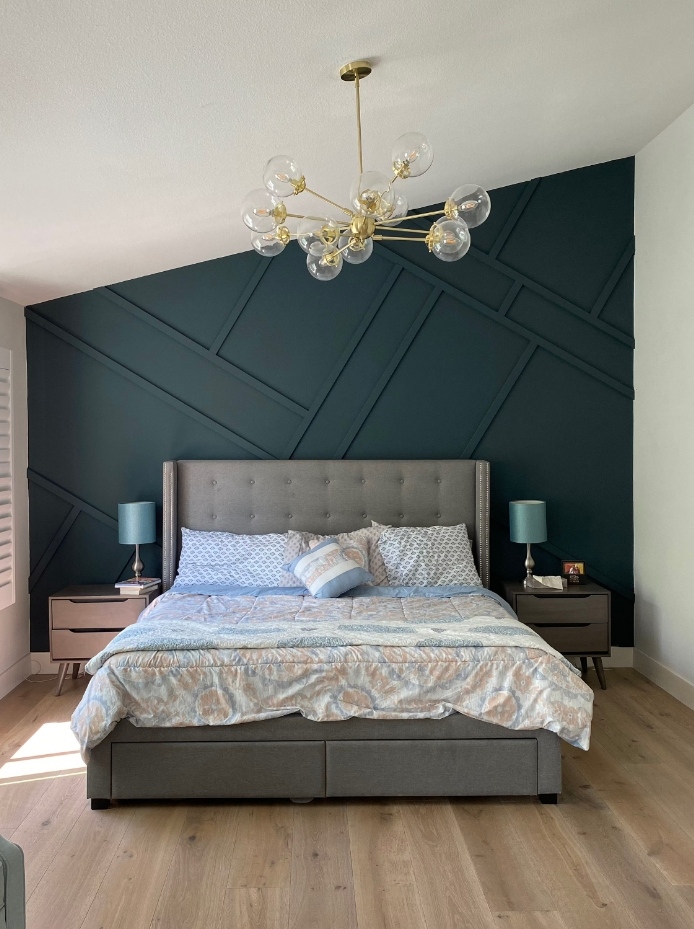
II. Designers’ creativity
Designers’ creativity with custom wall panels is key to achieving a unique, personalized interior design. Here are some ways designers can show off their creativity on custom wall panels:
1. Material selection
Involving various materials, including wood, metal, glass, stone, etc. Designers can create unique effects by mixing and matching different materials or choosing non-traditional materials.
2. Geometric designs and patterns
Using geometric shapes, patterns and lines, designers can create abstract, contemporary wall panel designs. This can be achieved by cutting, engraving or stickers.
3. Art sculpture
Think of wall panels as a canvas that designers can sculpt to create sophisticated and artistic effects. This method is suitable for spaces that need to highlight decorative features.
4. Image printing and graffiti
Use image printing technology to print unique patterns or graffiti on wall panels to make the design more vivid and interesting. It’s also a way to express your personality and style.
5. Three-dimensional effect
Use three-dimensional elements such as raised graphics, 3D stickers or 3D murals to give your wall panels a three-dimensional feel. This can introduce more depth and layering into the design.
6. Light and shadow design
Consider how the wall panels will look in different lighting conditions. Create dynamic light and shadow effects by designing surfaces that reflect light, or by incorporating lighting designs.
7. Movable design elements
Design wall panels as movable elements, such as rotatable panels or adjustable decorative elements. This design provides the user with the possibility of interaction and change.
8. Integration of natural elements
Integrate natural elements such as plant textures and rock textures into the wall panel design to create a feeling of closeness to nature. This applies to designs that pursue a natural, tranquil atmosphere.
9. Color matching
Use color boldly and cleverly to create a unique palette. Color choices can reflect the brand, theme, or user’s personality.
10. Functional design
Design wall panels to have real functional elements, such as built-in storage, bookshelves or become part of interactive screens.
In the design of custom wall panels, creativity needs to be combined with the purpose of the space, the needs of the users and the theme of the design to ensure that the design is both individual and integrated into the overall space. The designer’s creativity can be realized through the comprehensive use of materials, shapes, patterns, colors and other aspects.
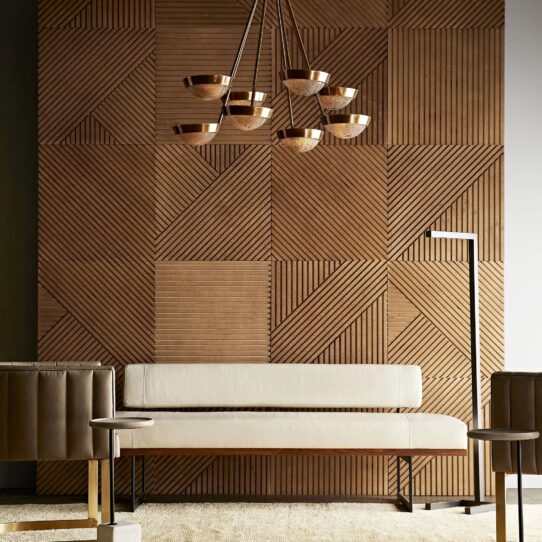
III. Application of various materials in customized wall panels
The material selection of custom wall panels directly affects the appearance, texture and functionality of the design. The following are references to various materials in custom wall panels:
1. Wooden materials
Solid wood wall panels: Provide natural wood texture and color to create a warm, natural atmosphere. Suitable for spaces that focus on natural style.
Wood veneer: Pasting a thin layer of wood on other base materials can not only show the beauty of wood, but also be more economical and practical.
Engineered board: such as MDF or HDF, covered with wood veneer, which combines the texture of wood with the sturdiness of the base material.
2. Metal materials
– Stainless steel
Modern and resistant to rust, it is suitable for modern, industrial style designs.
– Copper
Giving the space a classical, retro atmosphere, unique colors can be obtained through oxidation treatment.
– Aluminum alloy
Lightweight and easy to form, ideal for wall panels that require complex designs or curved shapes.
3. Glass material
– Transparent glass wall panels
Increases the sense of space transparency and is suitable for places that need to maintain a sense of space openness.
– Multicolored glass
Create an artistic effect while maintaining a certain level of privacy through the use of tinted glass.
– Glass brick
Unique patterns can be created by the arrangement of glass tiles, providing a translucent effect.
4. Stone material
– Marble wall panels
Provides a noble and luxurious appearance, suitable for designs that need to highlight the quality of space.
– Cultural stone
Simulates the texture of natural stone and is suitable for spaces that focus on natural and original styles.
5. Plastic materials
– PVC wall panel
It is waterproof and pollution-resistant, and is suitable for use in humid environments, such as bathrooms.
– Acrylic board
With high transparency, it can create modern and fashionable effects and can also be used for artistic designs.
6. Composite materials
– MDF and HDF wall panels
Provides a smooth surface suitable for wall panels requiring fine carvings or pattern designs.
– Melamine board
It is anti-pollution and moisture-proof, and is suitable for environments that require easy cleaning.
7. Fabric wall panels
Use fabric-covered wall panels to add a sense of softness, suitable for warm and comfortable designs.
8. Mixed materials
– Combination of wood and metal
A mix of wood and metal creates a contrast between nature and modernity.
– Combination of stone and glass
Combining stone and glass can not only show texture, but also maintain a certain degree of transparency.
When choosing materials, designers need to consider factors such as the purpose of the space, style needs, budget, and the sustainability of the material. Taking these factors into consideration can create a custom wall panel design that is both aesthetically pleasing and functional.
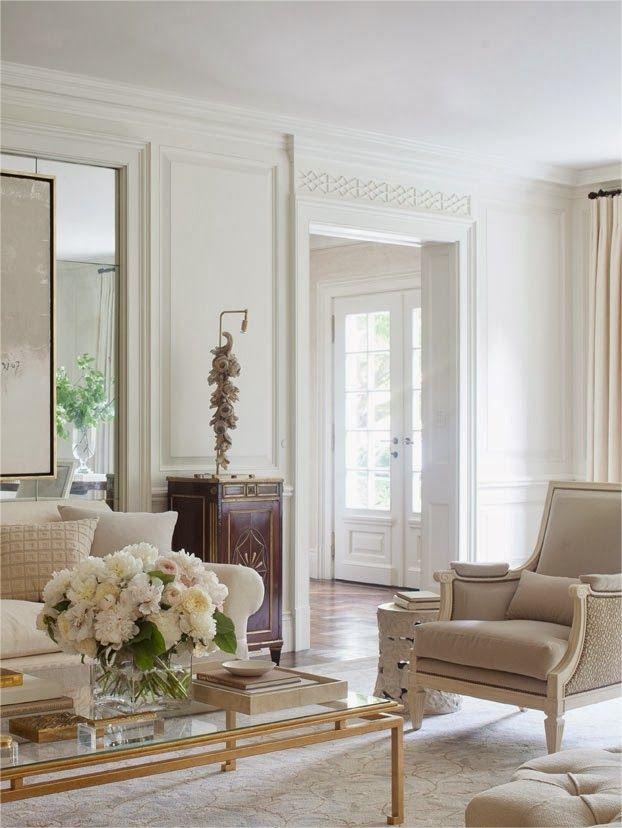
IV. How to customize wall panels? What types of vintage wall panels can be customized?
Essentially, all wall panels are custom made. The design, tone and location are all about your taste. Often when people search the term “custom siding” they mean how do I install the style of panel I want. There are so many terms for paneling that it can be confusing, so the easiest term to use is “custom.” We all want our interior spaces to have something unique, and every room has its own special touch. Paneling your walls is a clever way to create a timeless design that can be transformed into a contemporary conversation piece or a traditional feature in your home.
1. Jacobean paneling
Jacobean wall panels were most commonly used during the Stuart period. They are often referred to as shaker style siding, but this is incorrect. Jacobean panels are square and when installed they resemble a grid, while Shaker panels are rectangular in shape. Jacobean wall panels are a popular choice for interior rooms such as bedrooms, dining rooms and drawing rooms.
2. Shaker style wall panels
Shaker paneling is one of the more traditional forms of paneling – it can adorn the walls of elegant country estates and townhouses. You may recognize this pattern because it is also used on the fronts of cabinets. Shaker style wall panels are loved by many and are very popular. Panels in this style can be identified by their evenly spaced rectangles.
3. Geometric wall panels
Geometric wall panels are quite modern and can be considered a newcomer to the world of panels. If you want to add a modern touch to your interior walls, geometric paneling is the way to go. This form of paneling is ideal if you only want to highlight one wall. Geometric panels are made up of very thin strips, which are then positioned to create abstract designs. Slim strips can be placed horizontally, vertically and diagonally. Once the entire wall is painted, it takes on a very smart and cool aesthetic.
4. Tongue and groove wall panel
MDF tongue and groove wall paneling, this form of wall paneling usually consists of slats that are 100mm to 120mm wide. Then place the strips vertically on the wall side by side. Most commonly, they are placed on the lower part of the wall and covered with a wainscot railing, but they can span the wall from floor to ceiling or be placed horizontally, it really depends on your preference.
All in all, all wall panels are custom made. It is customized to your tastes and preferences and the home where you live. You can design your own custom wall panels from scratch or choose a style and purchase it online. It all comes down to where and how you plan to install the paneling, the lampshades you choose, and how the room is arranged. We think we’ve covered everything you could possibly need to know about siding, but if you think we’ve missed something, let us know in the comments.
V. Conclusion
Customized wall panels are not only part of the interior design, but also a reflection of the pursuit of personalization. From design concept to practical application, it offers us the possibility to realize our unique spatial wishes. The continuous innovation of custom wall panels will continue to promote the development of interior design, bringing richer expressions to spaces and making each space a unique work of art. If you would like to customize your wall panels and get a quote, please feel free to contact us!
Quick Quotation

